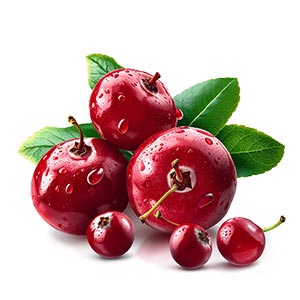Cranberry, a versatile and vibrant fruit, has a unique place in the world of fragrances. Its use in perfumery can be traced back to traditional practices where natural scents were prized for their invigorating and fresh aromas. Cranberry adds a distinctively sharp, yet subtly sweet note to fragrances. This tart and fruity element brings a lively and refreshing quality, often used to enhance the top notes in a fragrance composition. In contemporary fragrance formulations, Cranberry is celebrated for its crisp and tangy character. Its presence in a scent profile introduces an element of youthful energy and brightness. This makes it a popular choice in modern perfumery for creating dynamic and spirited olfactory experiences. The essence of Cranberry, when blended with other ingredients, contributes to a multi-dimensional fragrance, offering layers of olfactory pleasure that evolve over time on the skin.
Natural or Synthetic?
In the fragrance industry, Cranberry is used in both natural and synthetic forms. The natural extract of Cranberry can be obtained through methods like cold pressing or solvent extraction. However, due to the high cost and limited availability of natural extracts, synthetic versions are more often used, especially in mass-produced fragrances. These synthetic versions are created through chemical synthesis to mimic the natural aromatic compounds of Cranberry. High-end or boutique fragrance houses might opt for the natural extract for its authenticity, despite the higher cost.
Fragrance Families Cranberry Most Commonly Found In
Show fragrances that contain Cranberry as a note



